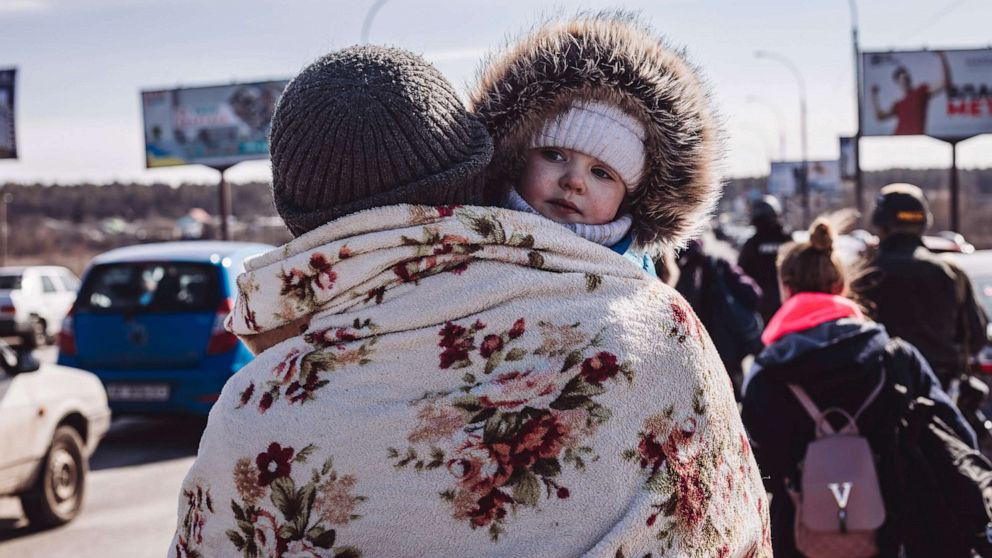Due to the conflict in Ukraine, there is a lot of talk about humanitarian corridors. Surely you have an idea of what they are, but in this post we want to give you some basic notions so that you can better understand what they are, when they are launched and what they are for. Did you stay to read?
Humanitarian corridor: the definition
According to Hegoa, a humanitarian corridor is one of the security zones established by the international community. In this case, it would be one of the United Nations safe zones or protection zones.
Humanitarian corridors are corridors established with the purpose of facilitating the movement, free of armed attacks, of humanitarian convoys as well as victims of armed conflicts and humanitarian personnel (Hegoa's Dictionary of Humanitarian Action and Development Cooperation).
Its creation was proposed within the framework of the United Nations in 1990 and in 1992 the San Remo Humanitarian Law Institute included it in its report on the principles governing the right to humanitarian assistance.
Boundaries of humanitarian corridors
Let's see the limits of these corridors:
- Time: A humanitarian corridor is established during an emergency period. During this time you can transit for the time necessary to provide support.
- Space: normally a specific route is established so that the destination can be accessed more agilely.
- Purpose: humanitarian corridors guarantee the shipment of supplies such as care materials, sanitary supplies, and food.
- Exercise: they must be set in motion peacefully, respecting the order and security of the State where the humanitarian corridor is set in motion.
- Deontological: impartiality in the conflict must be respected, establishing the obligation to avoid diversion of aid.
There are several types of humanitarian corridors: those that serve to provide aid; those used to evacuate people in danger; and those that favor the repatriation of refugees or displaced persons.
What has been agreed in Ukraine?
In the first days of March 2022 and seeing the dimensions of the conflict, it has been agreed to create a humanitarian corridor that would serve for the evacuation of people. The UN had recognized in those days that there were a million refugees and displaced people as a result of the conflict in Ukraine. One year later, the figures rise to 7.9 million refugees and 5.9 million internally displaced persons. Most of these people are women, children and the elderly.
In Ukraine, the launch of the first humanitarian corridor was accompanied by a temporary ceasefire in certain areas (those where corridors were established) in order to guarantee the safety of the people who used it. However, said ceasefire has not always been answered.
Principles of humanitarian actions
There are four basic principles that guide humanitarian action:
- The humanity. Protect the life, health and rights of human beings wherever they are.
- Humanitarian acts should never take a position on the political, economic or religious problems that exist in the region that they are going to provide aid.
- Impartiality and humanitarian projects must be carried out according to need, giving priority to the most urgent cases, without distinction of race, sex, religion or ideology.
- operational independence. In other words, be autonomous and be far from the political, military or economic objectives of the areas where humanitarian aid is being carried out.


No comments yet